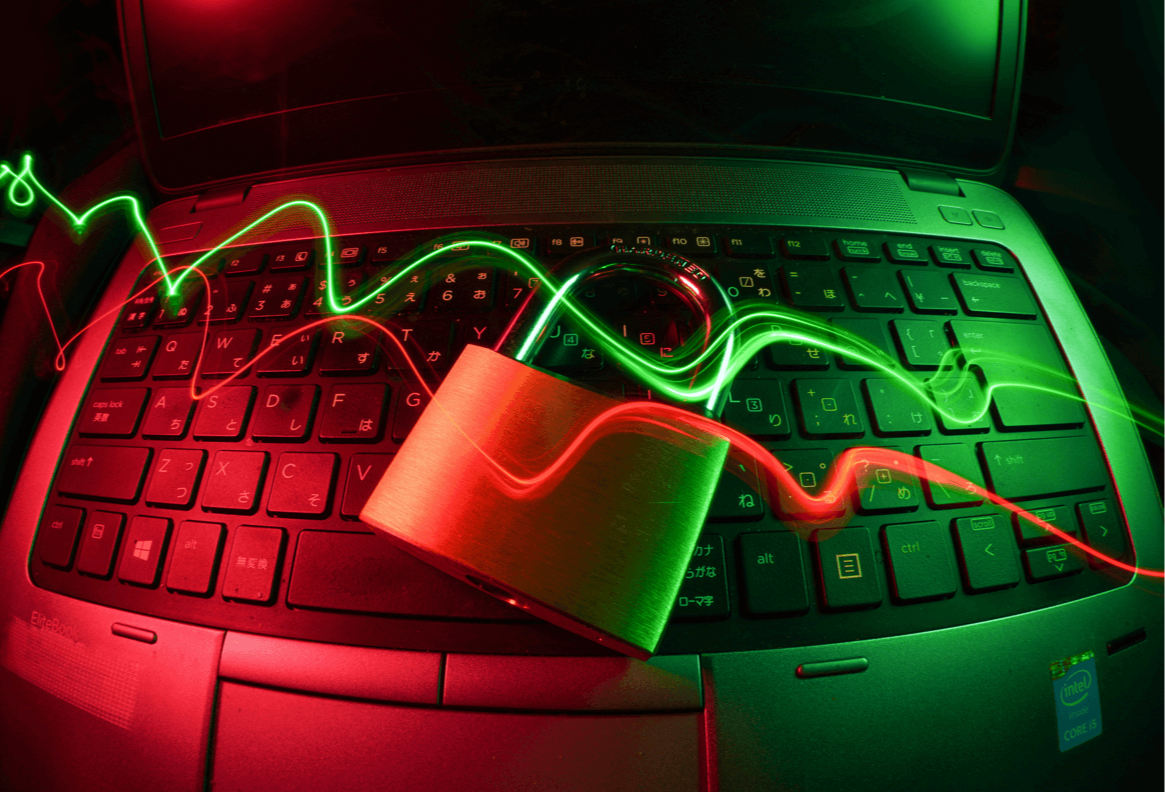
Top Identity Verification Methods For Businesses 2024
Did you know that 43% of businesses experienced a cyberattack in 2023? Protecting your company's sensitive information is no longer an option, it's a necessity. That's why, to help you build a secure business, this article explores some of the most popular and effective methods available in 2024. Plus, to help you make an informed choice, we will compare the most popular weaknesses and strengths of each method.
What is Biometric Verification
Biometric authentication is a security process that verifies and matches a user's biometric characteristics to ensure that they are authorized to access a particular device. If the biometric characteristics of the person trying to access the device do not match those of the authorized user, access to the user devices is denied.
In other words, biometric authentication uses a person's unique physical characteristics, such as their fingerprint, facial features, or voice, to verify their identity. This type of authentication is often used to protect high-security devices and data, such as smartphones, laptops, and bank accounts.
Learn more about Biometric Authentication here: Biometric Authentication: Definition, Types of Methods, Use Cases
Biometric Verification Weakness
Sensor limitations. Individuals may not always accurately capture biometric data due to environmental factors, user variations (wet fingers, glasses), or sensor quality. "However, facial recognition technologies are also developing, and glasses, masks, and makeup do not prevent the technology from recognizing a face.
Spoofing risks. With the development of deepfakes and AI, there is a chance that scammers can deceive facial recognition systems, however the technology is also developing.
Biometric Verification Strengths
Uniqueness. Facial features are unique to each person, so it is practically impossible to steal this data.
Frictionless user experience. Biometric verification is faster, more reliable, and less stressful than online verification, which we will discuss below.
Potential for multi-factor authentication. Biometric verification can be combined with other authentication factors to build more scure approach.
What is Knowledge-based authentication (KBA)
Many of us are familiar with security questions like 'What was your first pet's name?' used as the method to get access. This method is called knowledge-based authentication (KBA), it uses a user's personal knowledge to verify their identity. KBA is based on the assumption that only the account owner will be able to answer a series of questions related to their personal information.
There are two main types of KBA - static KBA (the user chooses a set of secret questions and answers in advance when creating an account) and dynamic KBA (the system generates questions in real time, using information about the user).
The main weakness of KBA is guessability. Many KBA questions rely on basic personal information easily obtainable, for example, through social media. Questions like "What was your first pet's name?" or "What city were you born in?" can be easily answered correctly with small amount of effort in research.
KBA Weakness
Guessability. KBA questions are vulnerable to scammers, who can easily find the answers and gain access to data. This makes KBA a less secure method of authentication than other methods such as multi-factor authentication (MFA).
Static information. Static KBA questions can be a problem if a person forgets their answer or their circumstances change. This can result in them losing access to their account.
Lack of standardization. The lack of standardization of KBA questions is inconvenient for users, who have to remember different answers for different services. This can lead to people forgetting their answers or being locked out of their accounts.
KBA Strengths
Convenience and accessibility. KBA is easy to implement and doesn't require any special hardware or software.
Cost-effectiveness. KBA is usually cheaper to implement than other verification methods.
Easy to integrate with existing systems.

What is Two-Factor Authentication or Multi-Factor Authentication (2FA or MFA)
Two-factor authentication (2FA) is an additional layer of security for accounts, in addition to passwords.
2FA typically works by requiring users to enter a code from an SMS message or a one-time password (OTP) in addition to a regular password. However, more and more businesses have started using face recognition as the second step of two-factor authentication. Unlike passwords, facial features are unique and less susceptible to social engineering or phishing attacks that trick users into revealing their credentials.
Even if your device is stolen, it will be difficult and practically impossible for scammers to access your data or accounts, since facial features are unique. And even if scammers try to pass this second authentication step using your photo, they will not be able to get access, since the technology checks not only facial features but also liveness.
This method is great since it can be used in various cases such as for operating systems, messengers, browsers, social networks, or games. Learn more about 2FA solution here: Biometric Authentication Solution
2FA Weakness
Complexity. 2FA can be confusing for some users, which can lead to user stress or even account loss.
Not all methods are equally secure. Some 2FA methods, like SMS-based verification, are less secure than others like biometric authentication.
Vulnerability of the second factor. Depending on the method used, the second factor itself can be compromised (e.g., SIM swapping, phishing for one-time codes).
2FA Strengths
Enhances security. Even if scammers steal a password, it will be more difficult for them to access data with 2FA, especially if the second authentication step is face recognition.
Adaptability. New and more secure 2FA methods are constantly being developed, improving its overall effectiveness over time.
Increased user awareness. As more and more people become aware of the risks of cyberattacks, they are looking for ways to protect their accounts. That’s why the popularity of 2FA is increasing.
What is Online Verification
Online verification offers an advanced security check by using additional techniques. It typically requires individuals to capture a photo of themselves holding a valid ID, using facial recognition technology to compare the individual in the photo to the image on the ID. While this offers enhanced security, strict photo requirements and potential technical issues can cause stress and lead users to abandon the process.
Online Verification Weakness
Stress that may lead users to abandon the process.
Deepfakes. Sophisticated deepfake technology can be used to create realistic images or videos of someone holding an ID, but technology is also developing.
Online Verification Strengths
Convenience and speed. Online verification can be completed quickly and easily from anywhere with an internet connection.
Cost-effectiveness. Implementing online verification systems can be cheaper and more efficient than traditional manual verification methods.
Scalability. Online verification can be used to verify large numbers of people quickly and efficiently
Conclusion
Choosing the right verification method is essential for protecting your business and your customers. In this article, we have discussed the main verification methods. However, when choosing a method for identifying your clients or users, you need to consider various factors, including the weaknesses and strengths of each method, your budget, whether you already have an authentication system, your target audience, and much more.